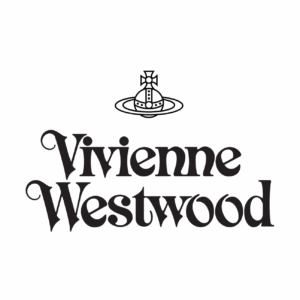Apple, HP, Lenovo & ASUS
The global technology sector’s value chain stretches from mineral extraction for semiconductors to complex final-mile logistics for phones, laptops, and servers. Because devices consume electricity throughout their life cycle and rely on energy-intensive chip fabrication, tech firms must tackle emissions at every tier, from foundries and component suppliers (Scope 3) to their own data-centre operations (Scope 2) and offices (Scope 1).
Apple, HP, Lenovo, and ASUS have all set net-zero targets, yet they differ markedly in how deeply they involve suppliers, redesign products for energy frugality, and invest in closed-loop material flows. Their success or failure reverberates across a supply network that includes thousands of sub-vendors, global freight routes, and rapidly expanding e-waste streams.
In parallel, stakeholder pressure for transparency has never been higher. CDP scores, Science-Based Targets validation, and product-level environmental labels now shape investor sentiment and consumer choice. Leaders such as Apple foreground circular-economy design and traceability dashboards, whereas laggards still publish only aggregate ESG data.
How the four brands manage renewable-energy procurement, water stewardship in water-stressed manufacturing hubs, and take-back programmes for obsolete hardware will determine whether the sector can decouple growth from planetary impact.
Apple
Think Different
Criteria
Carbon Footprint 4.5 / 5
45 % drop in average product emissions since 2015; carbon-neutral operations since 2020; full-value-chain neutrality pledged for 2030; 250 + suppliers on 100 % renewables.
Ecological Impact 4.5 / 5
100 % recycled aluminium enclosures and recycled rare-earths; PVC/BFR-free since 2019; investing in ecosystem-restoration and closed-loop projects to phase out mining.
Energy Consumption 5 / 5
Corporate footprint powered by 100 % renewable electricity; supplier clean-energy programme avoided 13.7 Mt CO₂ in 2022; custom M-series chips boost device efficiency.
Freight Density 4 / 5
Lighter, stackable packaging (50 % more iPhone 13 vs iPhone 7 per pallet); modal shift to ocean freight where feasible.
Recycling Rates 5/5
“Daisy” robot disassembles 1.2 M iPhones/yr; trade-in active in 99 % of markets; > 40 % recycled aluminium in 2023 products.
Saving Levels 4.5 / 5
Apple-silicon devices use up to 50 % less energy than predecessors; longer software support extends product life.
Specific Product Monitoring 5 / 5
Detailed Product Environmental Reports for every device, covering cradle-to-grave impacts.
Supply-Chain Waste 4.5 / 5
100 % supplier environmental audits; 147 kt waste diverted from landfill in 2022; supplier training on circularity.
Sustainability Scorecards 5 / 5
CDP triple-“A”, RE100 member, executive pay linked to ESG metrics, GRI/SASB-aligned reporting.
Water Management 4 / 5
79 % process-water reuse at major sites; watershed-restoration partnerships, though total withdrawal not disclosed.
Overall Snapshot
Apple leads on renewable-energy integration, circular design, and transparent score-cards, while HP follows closely with strong climate governance and closed-loop initiatives. Lenovo shows solid progress but needs deeper Scope 3 and biodiversity action. ASUS demonstrates early efforts yet lacks comprehensive transparency and supplier engagement.
Average Score:
ESCP Business School Team
Research developed by five curious international ESCP Business School students who have worked together to successfully complete their consulting project. They analysed four brands in four different categories -24 brands: electric cars EV, dairy products, computers, personal care, luxury apparel, fast fashion-, according to 10 environmental criteria.
- Alix AMMEUX: Dairy Products
- Hanna AMSELLEM: Electrical Vehicles
- Leonardo BERTINI COLLA: Computers
- Zackary BOISNEAULT: Personal Products
- Ariane DESPRES: Luxury Apparels
- Caterina GIUSTINIANI: Fast fashion





0 Comments